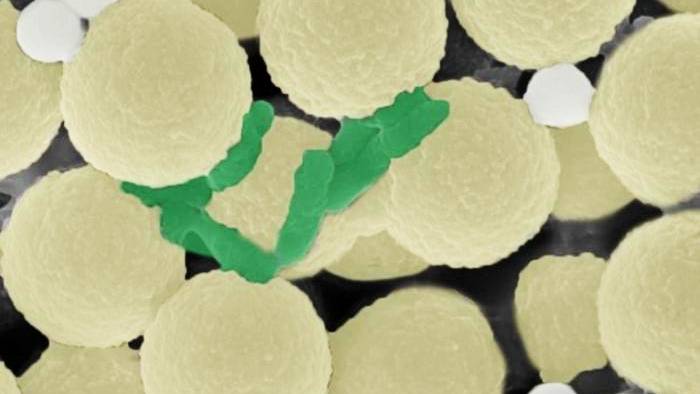In a groundbreaking study published in ACS Nano, researchers have developed swarms of microscale robots that can effectively capture tiny bits of plastic and bacteria from water. These microrobots, measuring just 2.8 micrometers in diameter, have the potential to tackle the growing problem of microplastic pollution and its associated health risks.
Microplastics and Bacteria: A Double Threat
Microplastics, measuring 5 millimeters or less, pose a unique challenge in the fight against plastic pollution. When ingested by animals, these tiny particles can cause harm and even enter the food chain that ultimately leads to humans. Moreover, microplastics attract bacteria, including pathogens, which can also be consumed by organisms.
“The size of microplastics, which measure 5 millimeters or less, adds another dimension to the plastic pollution problem because animals can eat them, potentially being harmed or passing the particles into the food chain that ends with humans,” the researchers explained.
Swarms of Microrobots to the Rescue
To address this dual threat, Martin Pumera and colleagues developed microscale robotic systems that mimic natural swarms, such as schools of fish. These microrobots, constructed by linking positively charged polymer strands to magnetic microparticles, can attract both plastics and microbes.
In laboratory experiments, the researchers demonstrated the effectiveness of their microrobots by introducing fluorescent polystyrene beads and Pseudomonas aeruginosa bacteria into a water tank. When exposed to a rotating magnetic field, the microrobots swarmed together, capturing approximately 80% of the bacteria at a concentration of 7.5 milligrams per milliliter.
The microrobots were then collected using a permanent magnet, and the captured bacteria were detached using ultrasound and disinfected with ultraviolet radiation. Remarkably, the decontaminated robots could be reused, albeit with slightly reduced efficiency in picking up plastic and microbes.
“This microrobotic system provides a promising approach for ridding water of plastic and bacteria,” the researchers noted.
With further development, these swarms of microrobots could play a crucial role in cleaning up microplastics and bacteria from our oceans and waterways, helping to mitigate the impact of plastic pollution on the environment and human health.
The paper’s abstract will be available here: http://pubs.acs.org/doi/abs/10.1021/acsnano.4c02115


